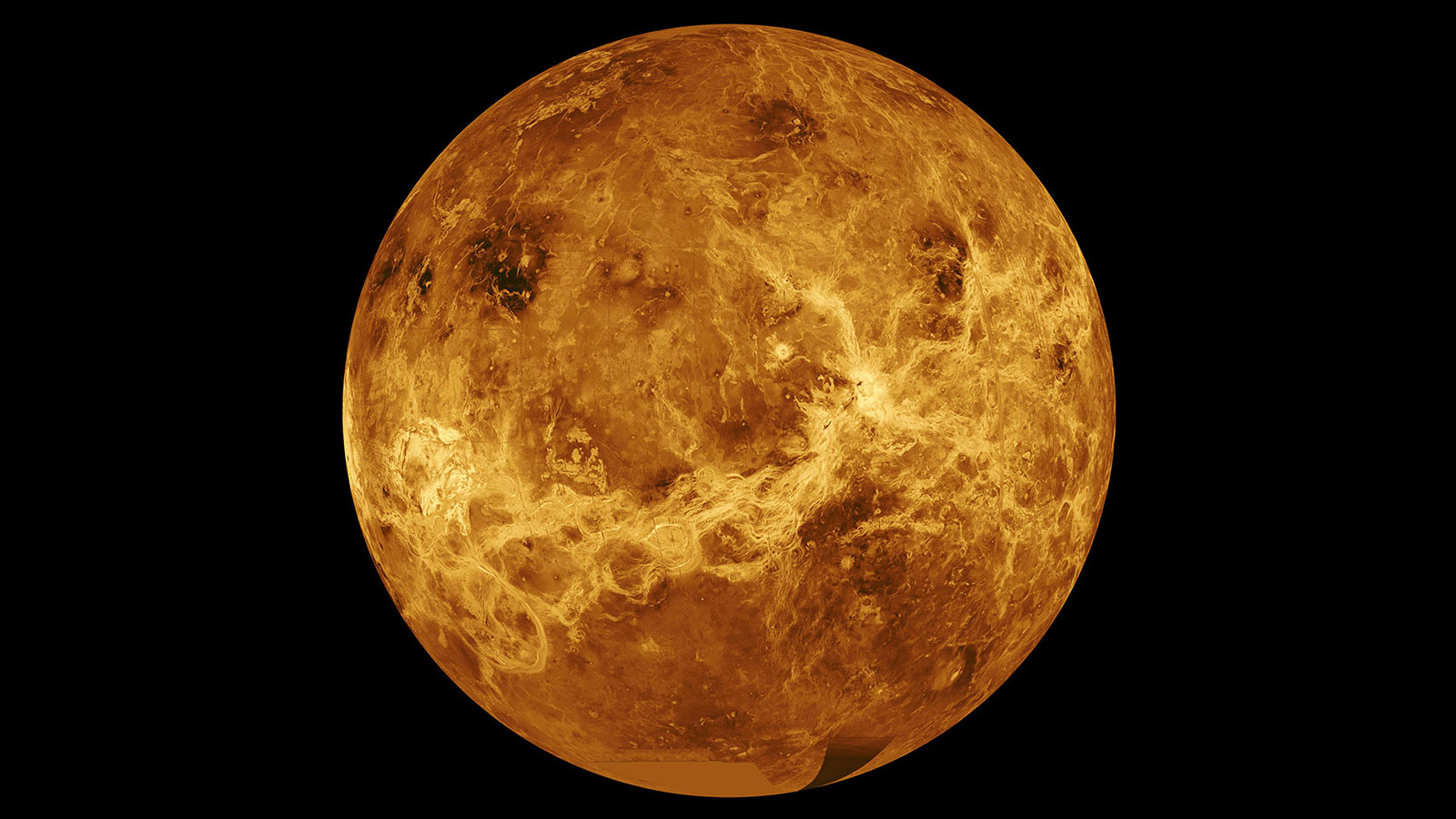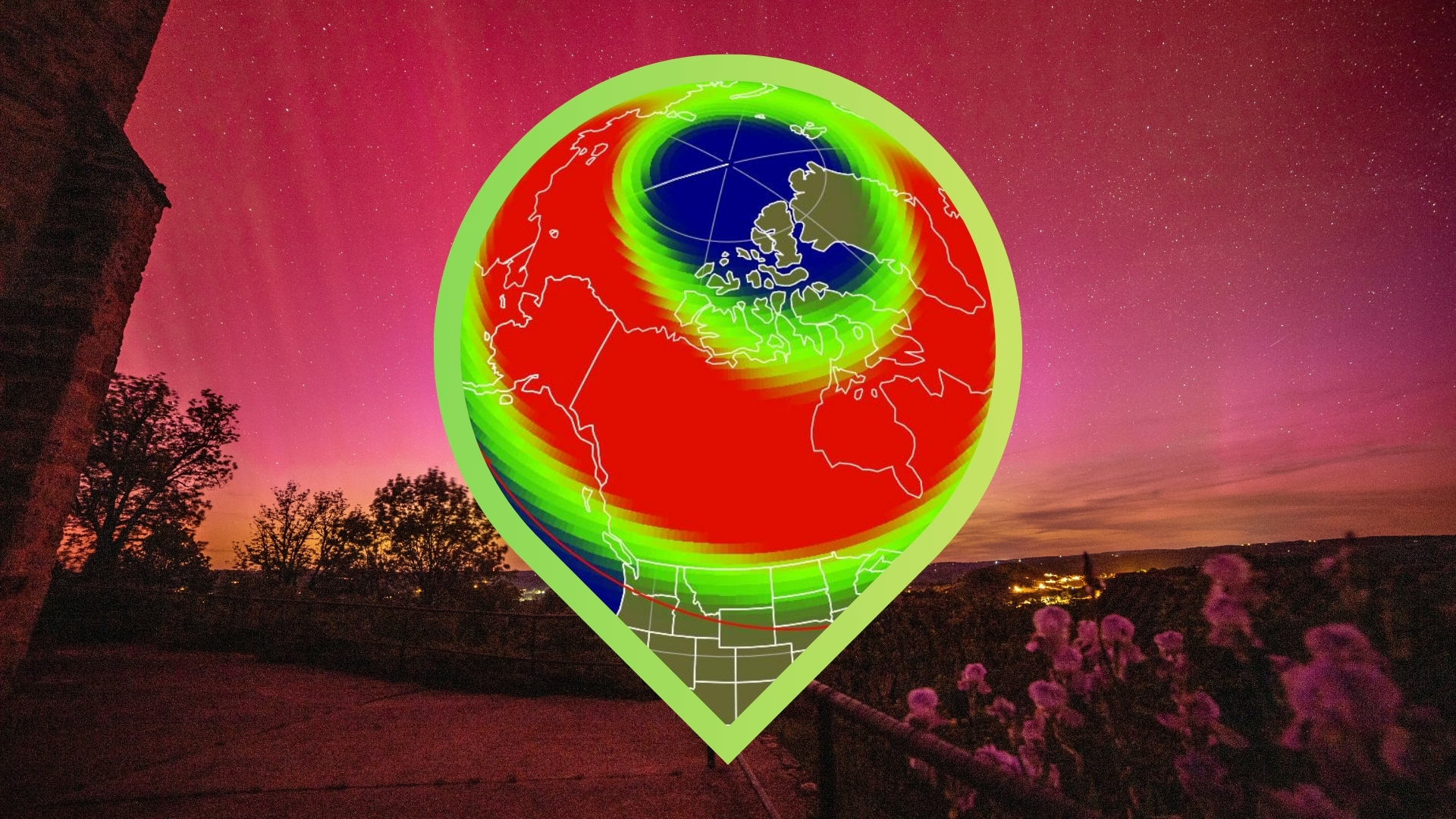Venus-like worlds are surprisingly common in 'habitable' zones

The hellish planet Venus is known for its incredibly thick atmosphere, crushingly high air pressure and surface temperatures that are hot enough to melt lead. In other words, it has some of the most inhospitable surface conditions in the entire solar system.
But going by the standard definition of "habitable zone," Venus sits inside this "Goldilocks" region. That's because the current definition of habitable zone only examines the amount of sunlight reaching a planet. If it's too much or too little, then liquid water can't exist on the surface, and thus the planet is not a good candidate for life. According to this simple criterion, Venus is habitable; that is, it can potentially support liquid water. But it obviously doesn't. So does this make Venus-like planets rare, or should we start questioning our definitions?
New research using simple models of the evolution of the atmospheres of Venus-like planets has found that these worlds are frighteningly common.
Related: What makes a planet habitable? Our assumptions may be wrong
The runaway greenhouse
Astronomers aren't exactly sure what went wrong with Venus long ago. Without detailed measurements of the surface, we're left to guess how this planet turned out so nasty.
Because Venus is about the same size as Earth and formed in roughly the same neighborhood, many planetary scientists believe that Venus started out quite similarly to our own planet, with pretty much the same amount of all the important ingredients: carbon, oxygen, silicon … and water. Very likely, Venus started out with pools — and even oceans — of liquid water on its surface, contained within a pleasant atmosphere.
And then, something went very, very wrong.
Breaking space news, the latest updates on rocket launches, skywatching events and more!
Perhaps a long period of active volcanism beefed up Venus' atmosphere beyond repair. Perhaps it was just the normal evolution of the sun, its increasing illumination evaporating all of the water on the surface. Or perhaps it was some process that we do not yet understand.
No matter the exact mechanism, Venus underwent a runaway greenhouse effect. With every increase in atmospheric pressure, the temperatures rose, which drove even more gases into the air, feeding off each other in a disastrous cycle. Once enough gases ended up in the atmosphere, Venus was unable to cool off, trapping almost all of the radiation it received from the sun. As a result, the oceans dried up, sending all of the water into the atmosphere, where it eventually leaked into space, never to return.
If there was any life in those primordial oceans, it certainly wasn't having a good time anymore.
The living world
In our search for habitable worlds, our first step is to identify planets that lie in the habitable zones of their stars, because that's where Earth sits in its orbit around the sun and Earth is the only place in the universe known to host life as we know it. Yes, there may be other forms of life out there. But Earth-like life is the kind we'd most easily recognize, so it makes an easy target.
But planets are complex, which makes it very difficult to provide a simple definition of the habitable zone. Venus should have water on its surface; it receives just the right amount of sunlight to make it possible. But with the planet's superthick atmosphere, the temperatures on the surface are way too scorching to support any liquids (besides lead, which, while awesome, isn't very inviting).
Now, a group of researchers has attempted to find the dividing line between Earth-like and Venus-like planets. In a paper recently published to the preprint database arXiv, they employed a relatively simple model of planetary atmospheres and the kind of radiation those planets would receive from different kinds of stars.
For each setup, with different kinds of stars and different orbits around those stars, the researchers started with an Earth-like mix of atmospheric gases (mostly nitrogen, with a bit of carbon dioxide) and slowly increased the amount of carbon dioxide to mimic the beginnings of a runaway greenhouse effect. Then, they let the model evolve, to see what would happen to the makeup of the atmosphere as time went on.
They declared a model planet "Venus-like" when the models blew up and a true runaway began. If the model planet stabilized and self-regulated, avoiding a runaway scenario, they designated it as "Earth-like" and still within the habitable zone.
The banality of evil
The researchers found that Venus-like worlds are surprisingly common and that big chunks of the habitable zone are potentially off-limits to life.
For example, around a sun-like star, the traditional habitable zone stretches from 95% of Earth's orbital radius to 167%. But these models found that the outer edge of the "Venus zone" reached 135% of Earth's orbit, meaning our planet might one day undergo a runaway greenhouse effect of its own!
F-type stars, which have masses between 1.0 and 1.4 times that of the sun, fared the best, with roughly 40% of their habitable zones surviving. Small red dwarf stars fared the worst, because they emit most of their radiation in the infrared bands, which are easily locked away by atmospheric gases. For these stars, the Venus zone consumed all but the outermost edges of the habitable zone.
All hope is not lost, however. These models are simple, and planets are complex. Not every planet that can enter a runaway greenhouse cycle is compelled to do so. Interesting atmospheric mixtures, protection from planetary magnetic fields, extra amounts of water or plate tectonics may alter planets' trajectories. Not every Venus-like planet is doomed to become a hellish world, but we do have to be careful when searching for the Earth-like ones.
Follow us on Twitter @Spacedotcom and on Facebook.

Paul M. Sutter is a cosmologist at Johns Hopkins University, host of Ask a Spaceman, and author of How to Die in Space.
